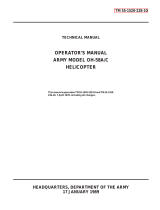Pocket Radar PR1000-BC: Accurately measure cricket bowl speeds for training, competition, and entertainment. Get instant speed readings in miles per hour or kilometers per hour. Easy to use with a large, backlit display and simple controls. Compact and portable for use on the field or at home.
Pocket Radar PR1000-BC: Accurately measure cricket bowl speeds for training, competition, and entertainment. Get instant speed readings in miles per hour or kilometers per hour. Easy to use with a large, backlit display and simple controls. Compact and portable for use on the field or at home.



-
 1
1
-
 2
2
-
 3
3
Pocket Radar PR1000-BC: Accurately measure cricket bowl speeds for training, competition, and entertainment. Get instant speed readings in miles per hour or kilometers per hour. Easy to use with a large, backlit display and simple controls. Compact and portable for use on the field or at home.
Ask a question and I''ll find the answer in the document
Finding information in a document is now easier with AI
Related papers
Other documents
-
SKLZ SPORT RADAR User manual
-
Atari CX-2600 Flashback 2 User manual
-
Daktronics All Sport 5000 Operating instructions
-
Align RHE1E22XW Owner's manual
-
Align RHE1E23XW Owner's manual
-
Align RHE1E09XW Owner's manual
-
Sharper Image Swing Speed Radar® Device User manual
-
GAMES PC GUNSHIP Owner's manual
-
Align RHE1E05XT Owner's manual
-
 HEADQUARTERS OH-58C Technical Manual
HEADQUARTERS OH-58C Technical Manual





